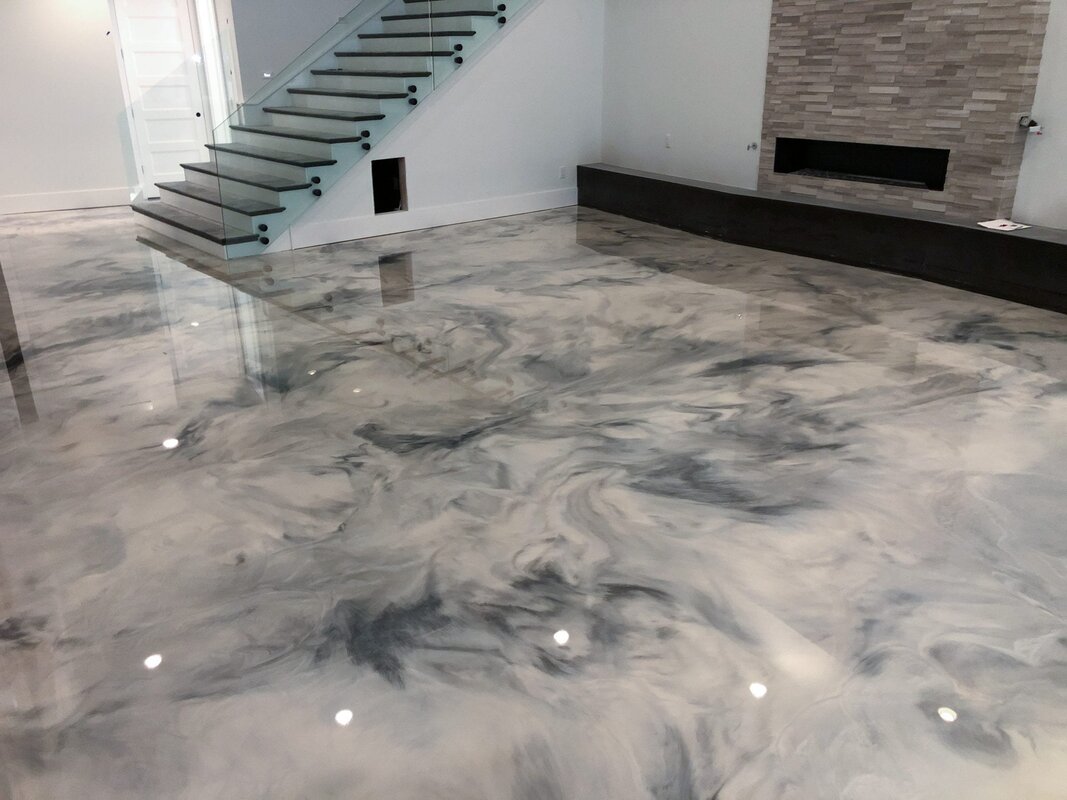Achieving a Solid Foundation Pouring Concrete Floors in Wooden Homes
Pouring concrete floors in wooden homes can be a practical and beneficial choice, as it provides a solid and durable foundation while still maintaining the aesthetic appeal of a wooden structure. Here are the steps to achieve a solid foundation by pouring concrete floors in wooden homes:
Planning and Preparation:
- Obtain the necessary permits: Check with your local building authorities to obtain the required permits and ensure compliance with building codes.
- Survey and site preparation: Ensure the ground is properly graded and compacted to provide a stable base for the concrete slab.
- Plan for utilities: Consider the placement of utilities, such as plumbing and electrical, if they need to be incorporated into the concrete floor.
Gather Materials and Tools:
- Concrete mix: Select an appropriate concrete mix for your project, considering factors like climate and load-bearing requirements.
- Reinforcement: Depending on the load-bearing needs, you may need rebar or wire mesh to reinforce the concrete.
- Formwork: Construct wooden forms to define the shape and boundaries of the concrete floor.
- Concrete finishing tools: These may include a screed, trowels, a bull float, and a power trowel for finishing the surface.
Excavation and Grading:
- Excavate the area where the concrete floor will be poured to the required depth, typically 4-6 inches.
- Compact the soil thoroughly to create a stable base.
- Install a vapor barrier to prevent moisture from seeping into the concrete.
Build Formwork:
- Construct wooden forms around the perimeter of the area to contain the concrete.
- Ensure that the forms are level and securely anchored to prevent shifting during the pour.
Reinforcement:
- If needed, place rebar or wire mesh within the formwork to add structural strength to the concrete.
Concrete Pouring:
- Mix the concrete according to the manufacturer’s instructions.
- Pour the concrete evenly into the formwork, starting from one end and working your way to the other.
- Use a screed to level and smooth the surface as you go.
- Consolidate the concrete with a bull float to remove air bubbles and create a smooth finish.
Curing:
- Cover the freshly poured concrete with wet burlap or plastic sheeting to prevent rapid drying.
- Allow the concrete to cure for at least 7 days to achieve maximum strength.
Finishing:
- Once the concrete has cured, you can apply a sealer or finish to protect the surface and enhance its appearance.
Utilities and Flooring:
- After the concrete has fully cured, you can install utilities like plumbing or electrical if necessary.
- Finally, you can install the flooring material of your choice, such as hardwood, laminate, or tile.
Regular Maintenance:
- To ensure the longevity of your concrete floor, perform regular maintenance, such as cleaning and resealing as needed.
Pouring a concrete floor in a wooden home can provide a solid foundation that enhances the structural integrity and longevity of the structure while also offering a stable and versatile surface for various uses. Proper planning, preparation, and execution are essential to achieve a successful concrete floor installation.














